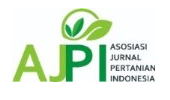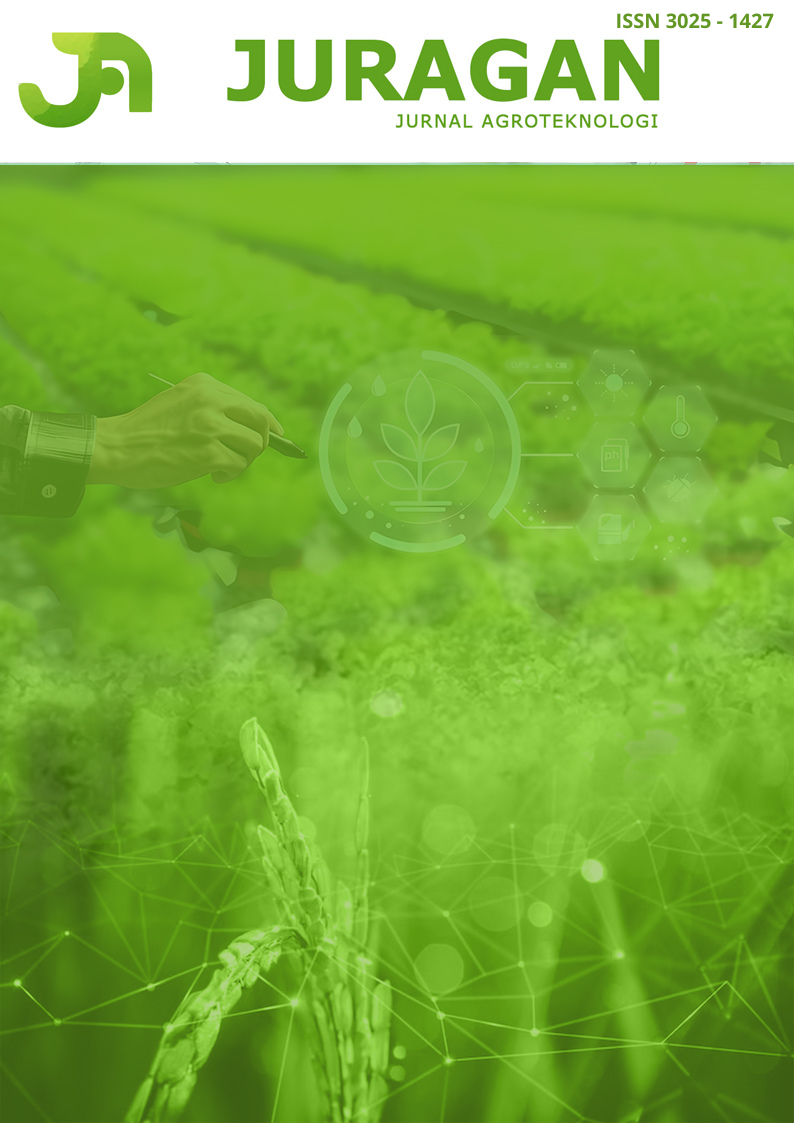| AUTHOR REGISTER |
|
ISSN CONTACT |
| ADDTIONAL MENU |
| Editorial Team |
| Peer Reviewers |
| Focus and Scope |
| Online Submission |
| Publication Fee |
| Open Access Statement |
| Maps Office Rumah Jurnal |
| Peer Reviewew Process |
| DOWNLOAD MENU |
| Journal Template |
| Author Guidelines |
| Publication Ethics |
| Publication Statement |
| Call For Editor & Reviewer |
| STATISTIC |
| TOOLS |
![]()
| SUPORT BY |

![]()









